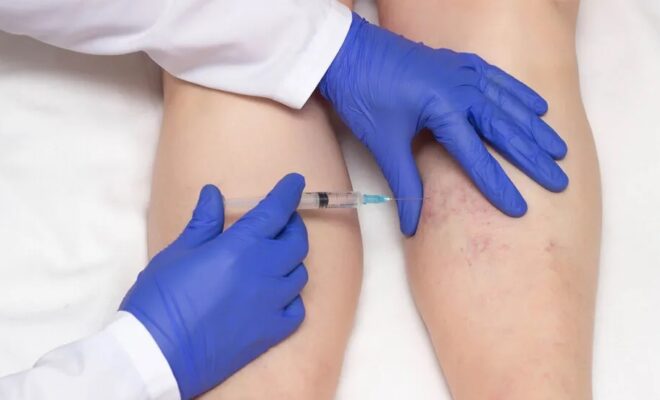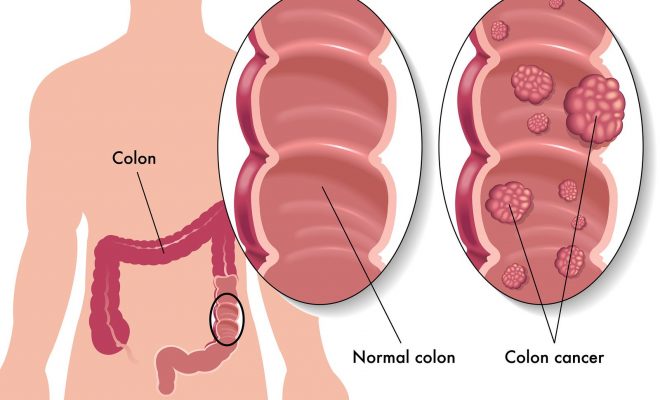Everything You Need To Know About Sclerotherapy

Sclerotherapy is an office procedure carried out to treat abnormal fluid accommodation in tissues and venous swelling. This procedure scars a problematic vein’s inner lining to ensure it is reabsorbed into the body perfectly.
Sclerotherapy treatment is the most common procedure used when treating varicose veins, a common issue in the United States. It is also among the least invasive treatment options because it does not involve anesthesia.
This procedure is regarded as safe, but not for everyone. It has adverse effects on people with the following conditions; pulmonary embolism and deep vein thrombosis. Blood clots mainly cause these conditions, and sclerotherapy should be carried out with extreme caution for people with diabetes.
Below we discuss everything you need to know about sclerotherapy.
Sclerotherapy Purpose
Sclerotherapy is seen as the treatment of choice for varicose and spider veins. This procedure has various cosmetic benefits but also alleviates pain and cramps. However, the doctor must first access the troubled veins before they recommend this approach.
This process is mainly outpatient, and it lasts around forty minutes. The doctor uses a tiny needle during the procedure to put the sclerotherapy solution into the vein, which causes a burning sensation for a few minutes.
The temporary side effects of this condition are
- Small skin sores
- Bruising
- Tiny red blood vessels.
Preparing for Sclerotherapy
Your medical officer will conduct a physical exam to determine your medical history before the procedure begins. Here, the doctor will study the problematic veins and if there is any blood vessel disease.
The medical practitioner might also request ultrasound imaging, but this depends on the problematic veins. However, you are advised to follow the doctor’s instructions before surgery to ensure it is successful.
These instructions might be to avoid certain lotions or medications.
Effectiveness
A study has shown that the sclerotherapy procedure eliminates problematic veins by around 90%, but you must have two treatments. On the other hand, some people opt for other treatments like surgery when sclerotherapy does not work.
This procedure is ineffective for everybody, and 10% of patients do not respond to treatment. Your medical practitioner might consider using a different sclerosing solution, like cutaneous laser therapy, if this procedure is ineffective.
Insurance Coverage and Cost
Sclerotherapy’s insurance coverage is based on whether the insurer considers the process medically necessary. Insurance institutions do not cover this process when the only issue is spider veins.
Sclerotherapy Alternatives
Not all varicose veins require treatment. Even though there are no other symptoms, a medical practitioner might monitor the condition with time before it worsens. They might suggest lifestyle changes to ease the condition, like having a healthy weight and standing for short periods.
Final Thoughts
Sclerotherapy is a standard procedure that helps to eliminate varicose veins. Here, a medical officer injects a solution into the veins, making them collapse and shrink. However, you might require multiple sessions for the procedure to be effective.
The above article has discussed all you need to know about sclerotherapy, and you can contact us for more information.







